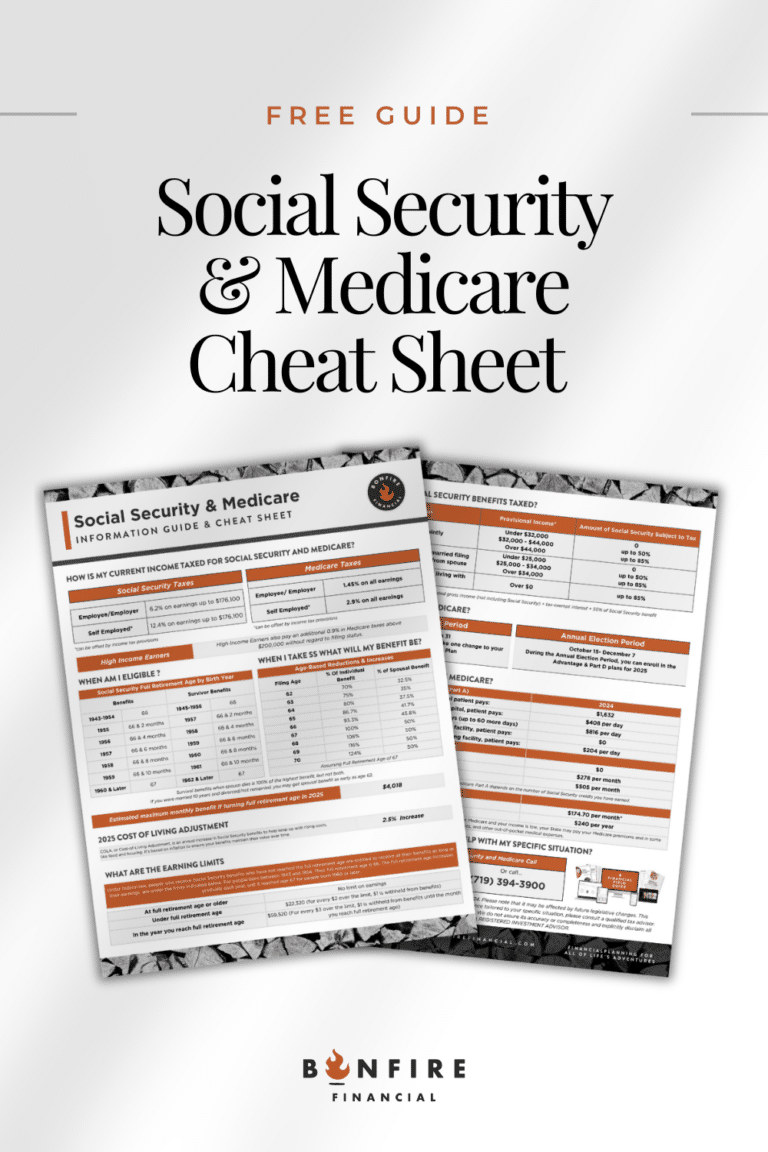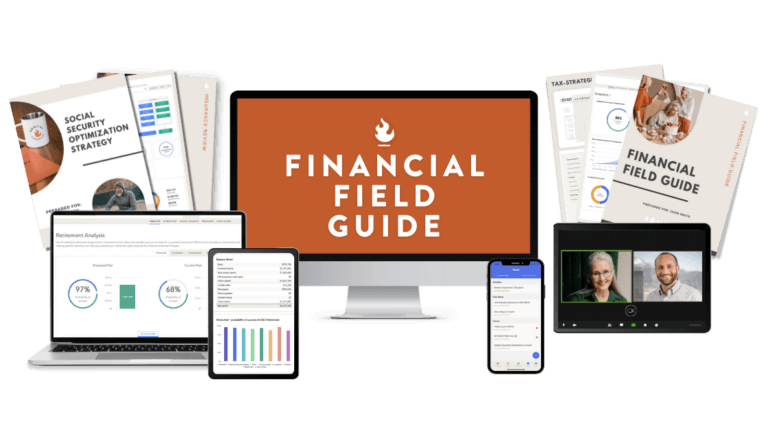It’s a rewarding feeling: your child has finished college, launching into the next chapter of life with newfound knowledge and independence. Or, maybe they didn’t, and that’s okay too. Either way, you notice there’s money left in their 529 plan. While a 529 is a fantastic tool for education savings—tax-free growth, often state tax deductions and qualified expense options—the question remains: What should you do with the unused 529 plan funds now?
Today we are looking at your options for making the most of these funds, minimizing potential penalties, and possibly even finding new opportunities to benefit your family. Let’s dive into strategies for those excess 529 savings.
Listen anywhere you stream Podcasts
iTunes | Spotify | iHeartRadio | Amazon Music
—
1. Transfer the 529 Plan to Another Beneficiary
One of the most straightforward ways to use unused 529 funds is to change the beneficiary to someone else in your family. With a simple form, you can transfer the 529 plan to a sibling, cousin, or even a grandchild. Here’s what you need to consider:
- Educational Needs: If you have younger children or grandchildren who may need funds for future schooling, this option can be a great way to plan ahead.
- Flexible Use Across Relatives: Any member of your family (per the IRS definition) can become the new beneficiary, including siblings, children, and even yourself, in certain situations.
- K-12 Expenses: If the new beneficiary has upcoming K-12 expenses, you may be able to use the 529 funds to cover up to $10,000 of qualified costs each year.
By transferring the plan, the tax advantages remain intact, and you can continue benefiting your family’s education over the long term.
2. Use the 529 Funds for K-12 Expenses
A recent change in tax law allows 529 funds to cover up to $10,000 annually in tuition for K-12 education. This means that if the new beneficiary attends private school or has other qualifying educational expenses, the 529 can help offset those costs tax-free. If there are family members still in K-12, this option might allow you to reallocate the funds for their benefit without changing the original purpose of the savings.
3. Apply Funds to Student Loans
If your child has graduated with some student debt, using the remaining 529 funds could provide some relief. You can now use 529 savings to pay up to $10,000 toward student loan debt for the beneficiary or for their siblings. This cap applies per individual, so if you have multiple children with loans, each can benefit from the remaining balance in this way.
Things to Note:
- Lifetime Limit: The $10,000 limit for student loan repayment is a one-time cap, so if you’ve already used the 529 to pay off some debt, you can’t go above that.
- Tax-Free Growth: By covering student loans, you can use the tax-free growth of the 529 to pay down debt without incurring penalties, effectively reducing the burden of student loans on your family.
4. Cover Costs for Apprenticeship Programs
If your child or another family member is interested in pursuing a skilled trade, 529 funds can help cover expenses for an eligible apprenticeship program. These programs, registered with the U.S. Department of Labor, often require fees, supplies, and tools. A 529 plan can now be applied toward these costs, helping a beneficiary gain specialized skills and begin a career without the weight of additional debt.
This use case can be highly valuable for families, especially given the increasing demand for skilled trades and the relatively high cost of some apprenticeship programs.
5. Fund Graduate or Professional School
If your child is pursuing graduate school or additional certifications, these expenses can also be covered using 529 savings. Unlike some tax-advantaged accounts that limit funds to undergraduate studies, a 529 plan is flexible for various types of post-secondary education.
Whether it’s law school, medical school, or an advanced degree in a specialized field, graduate studies are typically expensive, and the 529 can help cover these costs while maintaining its tax advantages.
6. Roll Funds into a Roth IRA
As of 2024, 529 plan owners have a unique new option: rolling unused 509 plan funds into a Roth IRA. This option has the potential to shift unused educational savings into retirement savings, but certain conditions apply:
- 15-Year Requirement: The 529 plan must have been open for at least 15 years.
- Contribution Age: Only contributions made five years before the rollover can be transferred.
- Annual Limits and Lifetime Cap: Rollovers are subject to annual contribution limits for Roth IRAs (currently around $6,500 for those under 50, $7,500 for those 50 and older), with a lifetime cap of $35,000.
While these guidelines may require some planning, the ability to roll a 529 into a Roth IRA provides another layer of flexibility. For families looking to bolster their retirement savings, this option allows the unused funds to grow in a tax-free vehicle, which can be a highly strategic move.
7. Withdraw the Funds (with Caution)
In cases where none of the above options work, you may decide to simply withdraw the remaining balance. However, it’s essential to understand the potential costs involved:
- 10% Penalty: Withdrawals for non-qualified expenses will incur a 10% penalty on the earnings portion, not the principal.
- Income Tax on Growth: Earnings will be taxed as ordinary income, which could lead to a substantial tax bill if the account has grown significantly.
There are exceptions to the penalty in cases like receiving a scholarship or attending a U.S. military academy, but taxes will still apply to the growth. Before making this choice, consult a financial professional to understand the exact tax implications based on your account’s growth and current tax bracket.
When to Seek Professional Advice
With so many factors to weigh, a CERTIFIED FINANCIAL PLANNER™ (CFP) can help assess which path aligns best with your family’s financial goals and unique situation. Whether it’s optimizing for taxes, navigating education expenses, or considering retirement needs, we are can help you with the expertise to ensure you make the most of your 529 funds.
Wrapping Up
Unused funds in a 529 plan can feel like a mixed blessing, but with the many options available today, you have a variety of paths to preserve and repurpose those savings. Whether transferring funds to family members, rolling them into a Roth IRA, or using them for alternative education paths, each choice has its advantages.
If you find yourself with excess 529 funds, feel free to reach out to us to discuss the best approach for you. We’re here to help guide you through these options, ensuring your 529 savings continue to benefit your family for years to come.
 Client Login
Client Login







